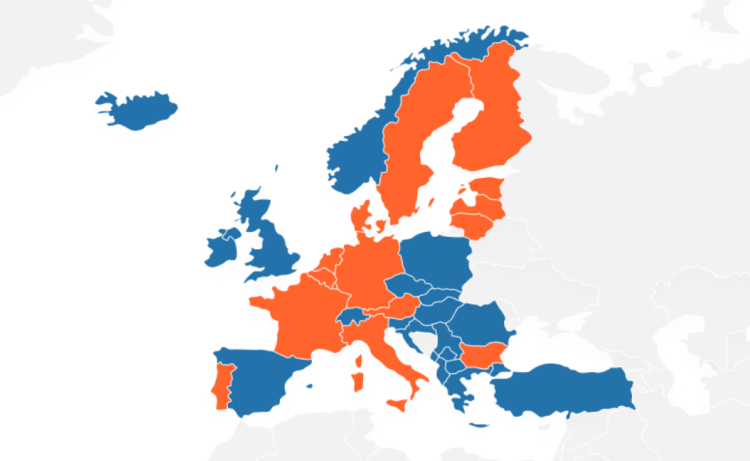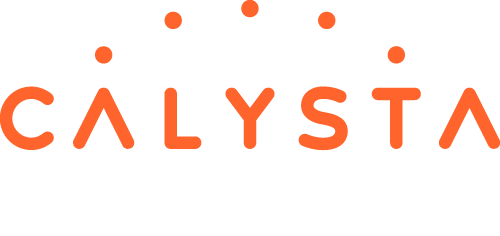A group of currently 17 European Union (EU) countries agreed on a common European patent title, the so-called Unitary Patent, and on a common court for litigating this new Unitary Patent, the so-called Unified Patent Court (UPC). The Unitary Patent and the UPC are planned to start 1 June 2023.
The participating countries are Austria, Belgium, Bulgaria, Denmark, Estonia, Finland, France, Germany, Italy, Latvia, Lithuania, Luxembourg, Malta, Netherlands, Portugal, Slovenia and Sweden.
It is likely that in the future more EU countries will join this new European patent system.
For more information, please consult our videos about this topic or the following detailed descriptions.

The Unitary Patent
The Unitary Patent uses the existing grant procedure of the European patent at the EPO. With the current system, European patent – once granted – actually becomes a bundle of 38 national patents like a Belgian patent, a German patent, etc.
For some of those countries some formalities like the filing of a translation must be performed within 3 months after grant. This is called validation. In addition, for each of those national patents a yearly annuity fee must be paid to keep the national patents alive.
The Unitary Patent is now a single patent title covering 17 EU countries with one single validation of the European patent. The Unitary patent requires just one validation and just one yearly annuity payment for all these 17 EU countries.
For the remaining member states of the European patent like the United Kingdom (UK), Switzerland, Spain, etc. the old validation system with one national patent per country will remain. So, it is possible for example to validate the granted European patent in the UK with a UK national patent and in the 17 EU countries with a Unitary patent.
The new system allows the applicants for the 17 EU countries to choose between the Unitary Patent and the 17 national patents. So, if the applicant is for example interested in only Germany and France, the validation of the European patent as a German and French national patent might be the cheaper option.
The start of the Unitary Patent is planned for 1 June 2023. So, for your European patents already granted, it is not possible any more to obtain a Unitary Patent. However, for all currently pending European patent applications whose grant is after the start of the Unitary Patent, the Unitary Patent validation is possible. For European patents which are about to grant, we can request a delay of the grant for the purpose of obtaining a Unitary Patent.
When the European patent is granted, the owner has one month time to request a Unitary patent. A translation into English must be filed, if the European patent is in French or German, or a translation into any other EU language, if the European patent is in English. Different than for many national patents, the filed translation has no legal value.
This is the moment where the patent owner has to select in which European countries he wants to protect his European patent. For the 17 countries participating the Unitary patent, the owner has the choice between the Unitary patent or individual national validations. For the remaining countries, the patent owner can only select the individual national validations. For some of the individual national validations, a translation of the claims or the complete text into English or one of the national languages is requested.
It is difficult to give a general recommendation for one or the other. It depends on each case.
In general, the national patents provide more flexibility. For example, the national patents allow to abandon after some years some of the 17 EU countries to save annuity fees, while the Unitary patent can only be abandoned at once for all participating countries. In addition, during a transitional period of 7 to 14 years, the national patents allow flexibility to choose between the Unified patent court and the national courts as competent court. This might be advantageous to avoid a central attack against the patent protection in the 17 countries in just one court proceedings. On the other side, the costs – territory – relationship of the Unitary patent is much better than for the national patents.
In the following you can find a short summary of the advantages and disadvantages of the Unitary patent and the national validations.
When comparing the national patent validations in all 17 countries compared to the Unitary patent, the Unitary patent is much cheaper. However, when the owner is interested only in some of the 17 countries, the national validations might be cheaper. We provide our clients with a fee calculator which allows to calculate for the essential countries among these 17 countries the annuity costs to find out what is the cheaper option.
It is not possible to cover the same country with a national validation of the European patent and the Unitary patent. Obviously, it is possible to have a Unitary patent and a national patent for a country not covered by the Unitary patent or, if the national system allows it, a double protection by a national patent obtained via the national patent office and a unitary patent obtained via the EPO.
Advantages and disadvantages
The Unified Patent Court
The UPC is the common patent court created for the 17 EU countries for the litigation of the Unitary Patent and of the national validations in those countries.
The court is organized as an international organization with a court of first instance and an appeal court. The appeal court is located in Luxembourg. The first instance of the UPC has a central division, local divisions and regional divisions. The central division is located for mechanical cases in Munich and for pharmaceutical cases probably in Milan (still to be decided) and with its main seat in Paris for all remaining technical fields. Each of the 17 member states has a local or regional division. A regional division is a division which is shared by several member states. As a rule of thumb, the local and regional divisions are in most cases responsible for infringement actions and counter actions of revocation, while the central division is responsible for revocation actions or when the local division must refer a case to the central division, e.g. for certain language situations. This means that most cases will be dealt with in the national and regional divisions, i.e. close to place of the defendant or the place of infringement.
Most actions will be heard by a panel of judges comprising legal judges and at least one technical judge. The legal judges were recruited mainly from highly experienced judges of the national courts responsible for patent infringement. The technical judges were recruited mainly from European patent attorneys. The technical judge gives the panel a technical expertise for better understanding the protected technologies. The panels sit in multinational compositions so that at least two of the judges have different nationalities.
The national and regional division chose the language(s) at which they allow to hear the case which are normally the official language of the host country and/or English. For example, Belgium allows at the Belgian division to file cases in French, Dutch, German and English.
The process of the infringement proceedings at the UPC were streamlined to get a decision in a very short time. The first instance decision in an infringement proceeding (depending on complexity and if revocation action filed) is expected after 8-15 months. It must be seen if these short times can be realized.
The court fees consist of a fixed fee (11.000 EUR for infringement and 20.000 EUR for revocation) and a value-based court fee for cases with a value above 500.000 EUR. For example, a case value of 1 Mio EUR infers an additional value-based court fee of 4.000 EUR.
As in most national courts, the loosing party must bear the costs of the winning party. However, there is a ceiling of recoverable costs which depends also on the case value.
Thus, a pure infringement case in first instance with a value of 1 Mio Euro would infer a cost risk of about 250.000 EUR (court fee 15.000 EUR, attorneys of other party 112.000 EUR max + own attorneys) depending obviously on the fees of the attorneys.
A counter-claim of revocation in response to an infringement action is normally dealt with by the same local or regional division. Under some conditions, the panel of the local or regional division has the discretion to transfer both cases or only the revocation action to the central division. In the latter case, the revocation action at the central division and the litigation action at the local/regional division would be dealt with simultaneously at different panels of the court. However, it is not expected that this will happen often.
For a pan-European patent infringement, the new court has certainly the advantage that the damages caused by the patent infringement in several countries of the UPC can be handled in the same procedure without going through the litigation procedure in each country.
Opt-out, transitional period.
The new court has exclusive jurisdiction for all patent infringement and nullity actions regarding the unitary patent and the national validations of the European patent in the UPC member states. However, there is a transitional period of 7 (extendable to 14) years during which an infringement/nullity action can still be filed at a national court. During this period, it can be chosen freely, if the action is filed at one of the national courts or at the UPC.
The opt-out allows further to exclude the European patents from the jurisdiction of the UPC so that during and after the transitional period, the opted-out European patent can only be handled at a national court. Such an opt-out can only be filed during the transitional period and before any action regarding this EP patent has been filed at the UPC. This opt-out can be withdrawn once (also called opt-in), if no action has been filed at a national court.
So, the opt-out has on the one side the advantage that the patent cannot be centrally attacked at the UPC but has on the other side the risk that by a nullity action against the opted-out EP patent, the owner remains blocked in the national patent court system without any chance to enforce its patent via the UPC.
Calysta has three patent attorneys with the necessary qualifications to represent a client at the UPC. We are happy to support you for any question regarding the new system, especially for deciding:
- The best litigation strategy for a European patent infringement
- If it is better for a European patent to be granted to select the unitary patent or national patents
- If it is better to opt-out or not a certain case or your EP patent portfolio

